National parks tend to get lots of love, and rightly so.
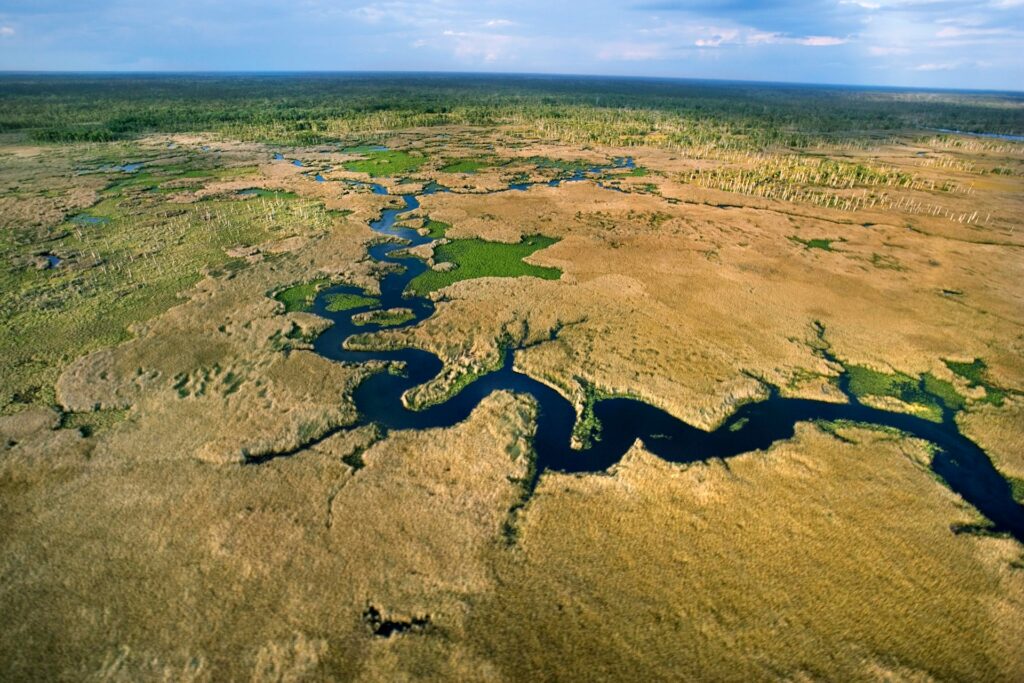
They’re vast, protected, and often home to wildlife and landscapes you can’t find anywhere else. But beyond those official borders, there are plenty of other places that matter just as much. Whether it’s because of what they protect, how fragile they are, or the role they play in local culture and ecology, some areas deserve just as much attention—even if they don’t come with the same title. Here are 12 stunning locations around the world that are just as important as national parks, and every bit as worth caring about.
The Galápagos Islands, Ecuador
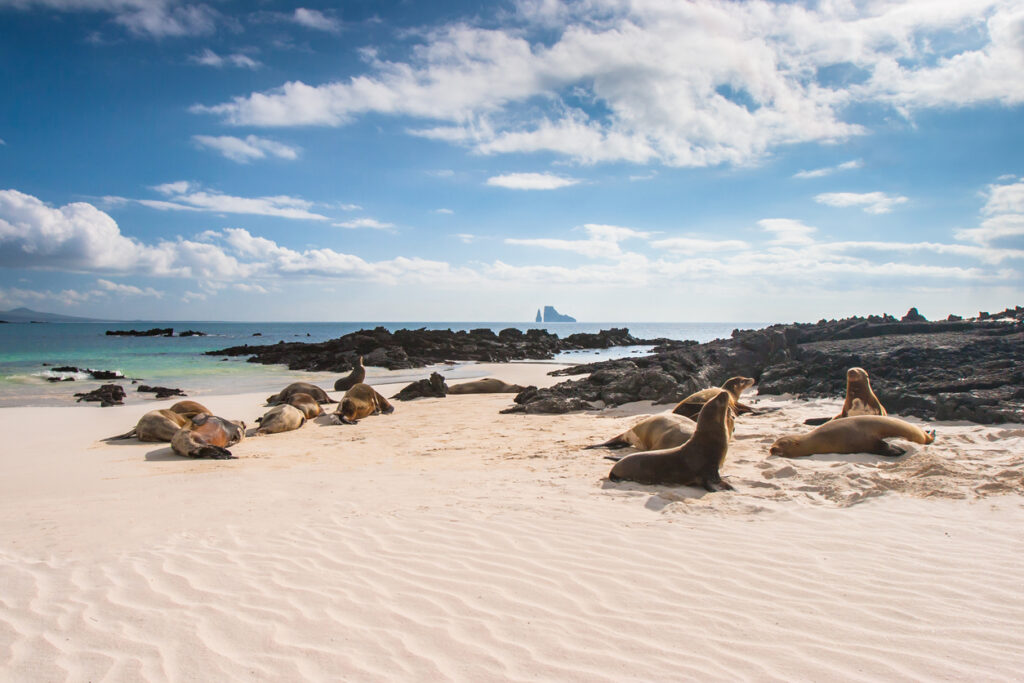
While the Galápagos are protected under Ecuadorian law and recognised as a UNESCO site, they aren’t a national park in the way people usually think of one. Still, this cluster of volcanic islands is one of the most vital ecological areas on the planet. It’s where Charles Darwin studied evolution, and it’s home to species found nowhere else—like marine iguanas, giant tortoises, and blue-footed boobies. The ecosystem here is delicate, complex, and still teaching scientists new things. The mix of land, sea, and life makes it a living lab that the whole world benefits from.
The Okavango Delta, Botswana
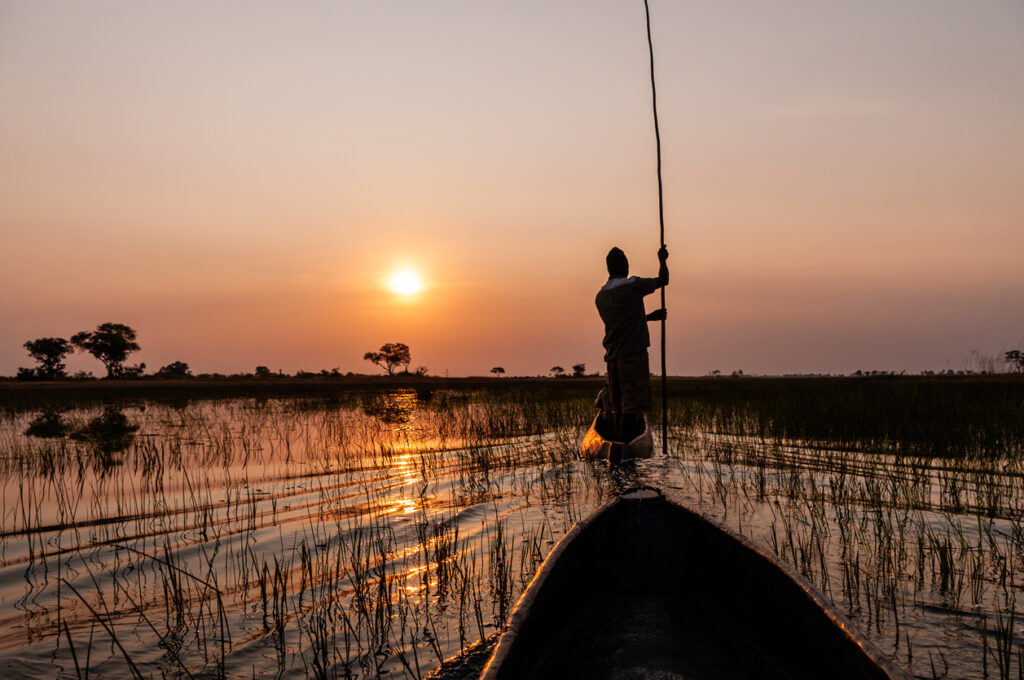
The Okavango Delta isn’t a national park—but it is a UNESCO World Heritage site, and one of the richest wildlife regions in Africa. Every year, seasonal floods turn the Kalahari Desert into a lush, water-filled wonderland that draws elephants, lions, hippos, crocodiles, and hundreds of bird species. It’s wild, unpredictable, and deeply connected to local communities. Its survival depends not just on conservation efforts, but also on how well people understand its rhythms. That balance between nature and people is part of what makes it so important.
The Faroe Islands, North Atlantic

Tucked between Iceland and Norway, the Faroe Islands are a quiet, wind-battered archipelago that doesn’t shout for attention—but definitely deserves it. With steep cliffs, dramatic coastlines, and barely touched villages, the islands are a model of how to live in step with nature. They’re not a national park, but their rugged beauty and rare bird populations make them a vital sanctuary, especially for seabirds like puffins, kittiwakes, and storm petrels. The land is fragile, and the way it’s being protected—mostly by the people who live there—is just as meaningful as any formal park designation.
The Danum Valley, Borneo
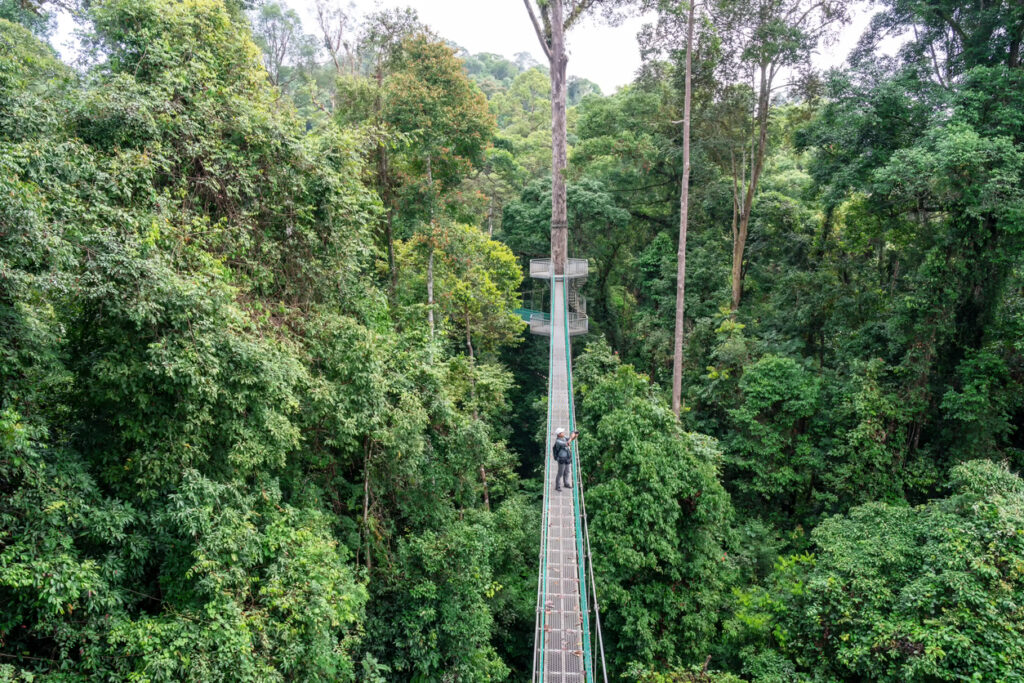
Deep in the Malaysian part of Borneo, the Danum Valley is one of the last pockets of untouched rainforest in the region. It’s not officially a national park, but it’s a biodiversity hotspot with orangutans, clouded leopards, pygmy elephants, and rare hornbills all living in the dense forest. What makes it so valuable is how pristine it still is—no settlements, no roads, just rainforest doing what it’s always done. Research centres here are helping scientists understand how to conserve tropical forests, and why we need to act fast to protect what’s left.
Lake Baikal, Russia
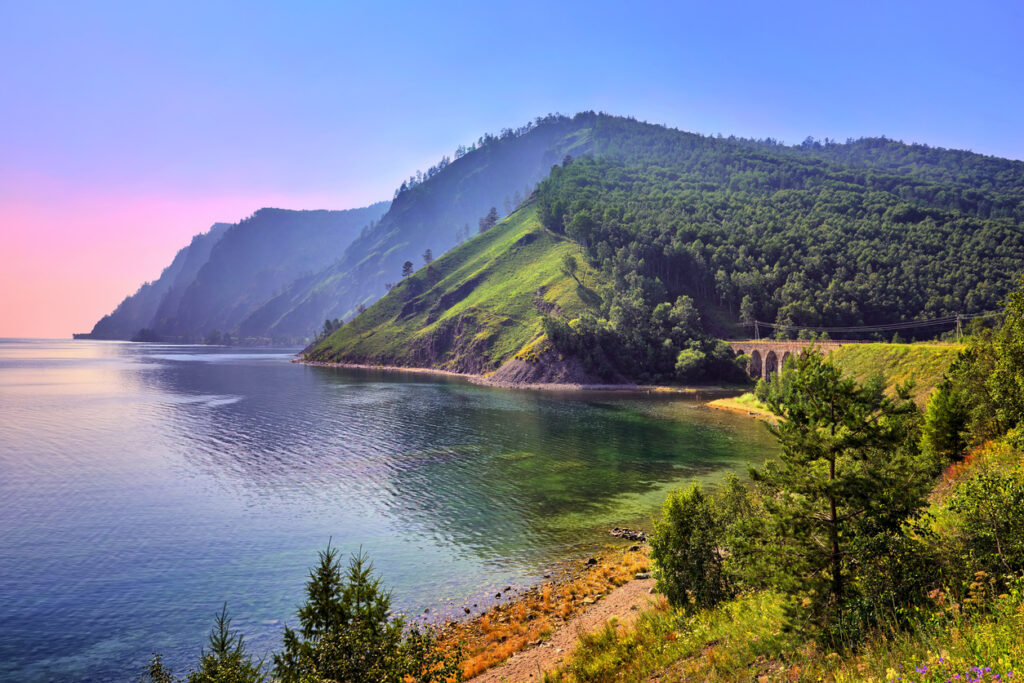
Lake Baikal holds more fresh water than any other lake on Earth. It’s over 25 million years old and home to thousands of species—including the Baikal seal, the only freshwater seal in the world. Though parts of it are protected, the lake as a whole isn’t a single national park. And that’s part of the problem. Industrial development and pollution have threatened its delicate balance. But in terms of global importance, it’s hard to overstate. It’s a natural wonder, a spiritual symbol, and a vital freshwater source all rolled into one.
The Wadi Rum desert, Jordan

Known as the Valley of the Moon, Wadi Rum is a vast, silent desert that’s been shaped by wind and time. Sandstone and granite cliffs tower over golden sands, creating a landscape that’s otherworldly and strangely peaceful. It’s not technically a national park, but it’s protected under a different classification and recognised for its cultural and natural value. Bedouin communities still live and guide here, helping protect the area’s history as much as its geology. With rising tourism, that partnership has become more important than ever.
The Azores, Portugal
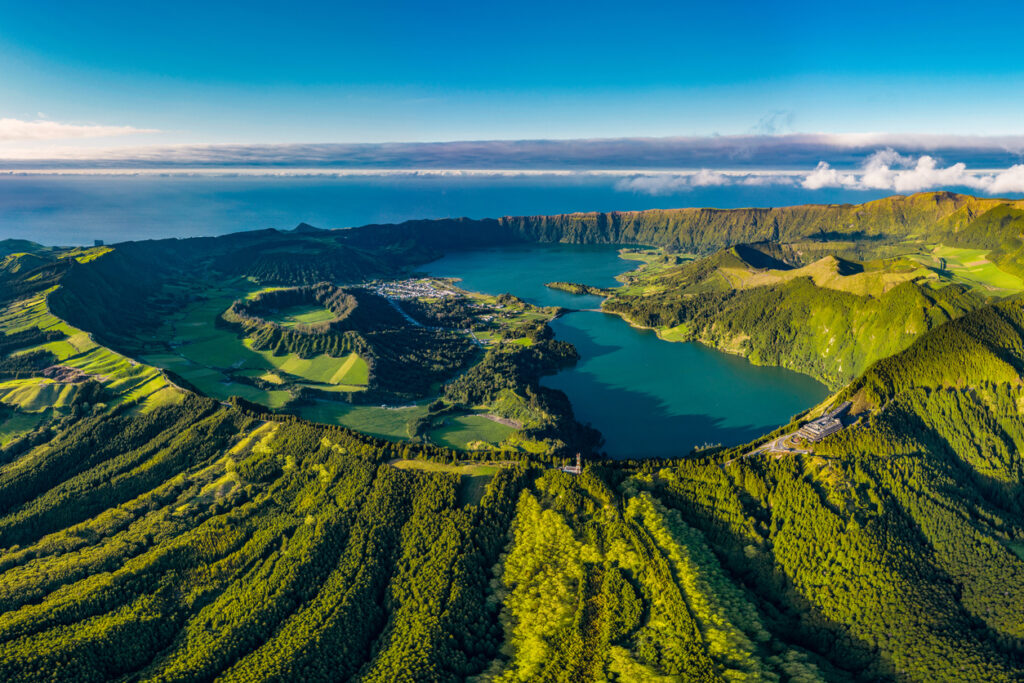
Floating in the Atlantic between Europe and North America, the Azores are a group of volcanic islands covered in greenery, crater lakes, and dramatic cliffs. They’re part of Portugal but feel like another world entirely. There are no national parks here, but the islands are full of marine life, forests, and thermal springs that make them an important stop for migratory whales and seabirds. The focus on sustainable travel and protection of the landscape shows that you don’t need a national park label to do things properly.
Mount Roraima, South America
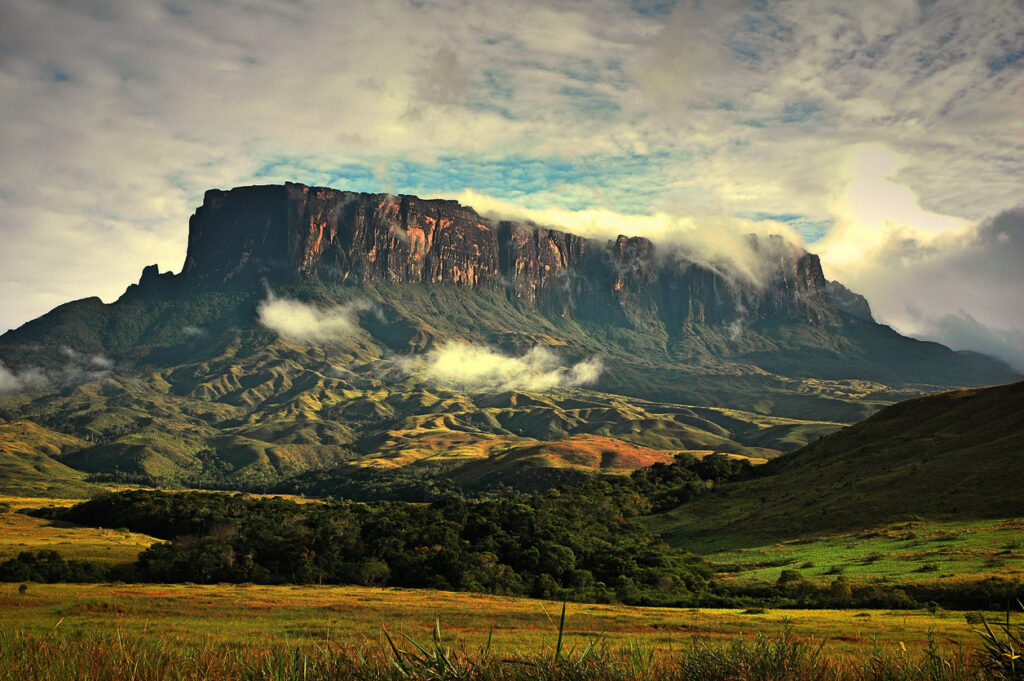
Straddling Venezuela, Brazil, and Guyana, Mount Roraima is one of those places that feels almost mythical. It’s a flat-topped mountain surrounded by sheer cliffs and constant mist, sitting like a fortress in the sky. Though parts of it fall within national reserves, the mountain itself is still largely undeveloped and sacred to the Indigenous people who live nearby. It’s a biodiversity hotspot with species found nowhere else. Its isolation has preserved it—but also makes it vulnerable if the wrong kind of attention arrives.
The Isle of Skye, Scotland
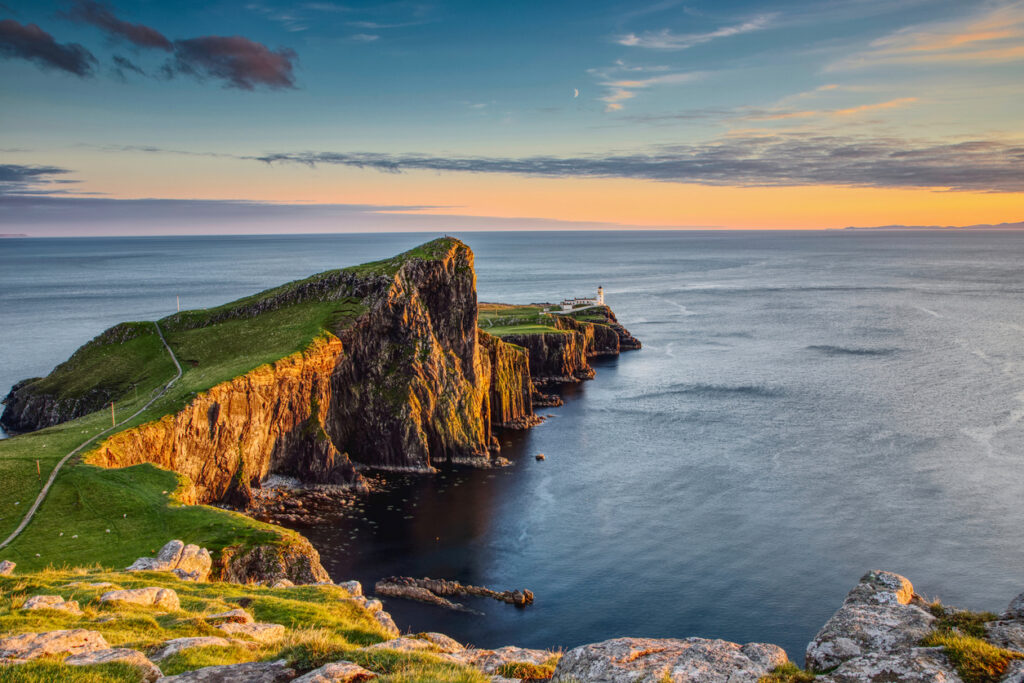
Skye has the kind of landscapes you normally only see in fantasy films—jagged peaks, sweeping moors, and coastal cliffs that stretch forever. While there are protected areas within it, the island as a whole isn’t a national park. But it’s deeply important, both ecologically and culturally. The land holds stories, languages, and wildlife that are all under pressure from tourism, climate shifts, and development. Skye is a reminder that beauty and meaning don’t always come with formal titles.
Socotra Island, Yemen
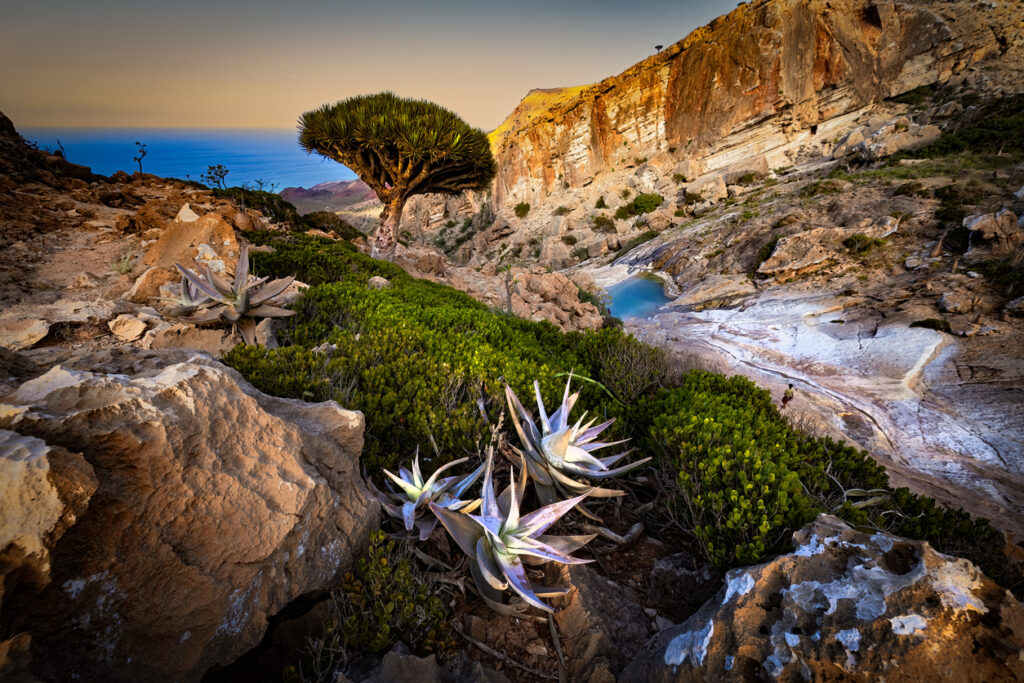
Socotra has been called the “Galápagos of the Indian Ocean,” and with good reason. One-third of its plant life exists nowhere else on Earth—including the strange and striking dragon’s blood tree, which looks like an upside-down umbrella. The island’s isolation has kept it biologically unique, but it’s also left it politically vulnerable. It’s not a national park, but it should be treated like one. Socotra is the kind of place that shows just how creative nature can be when left to its own devices.
The Sundarbans, India and Bangladesh
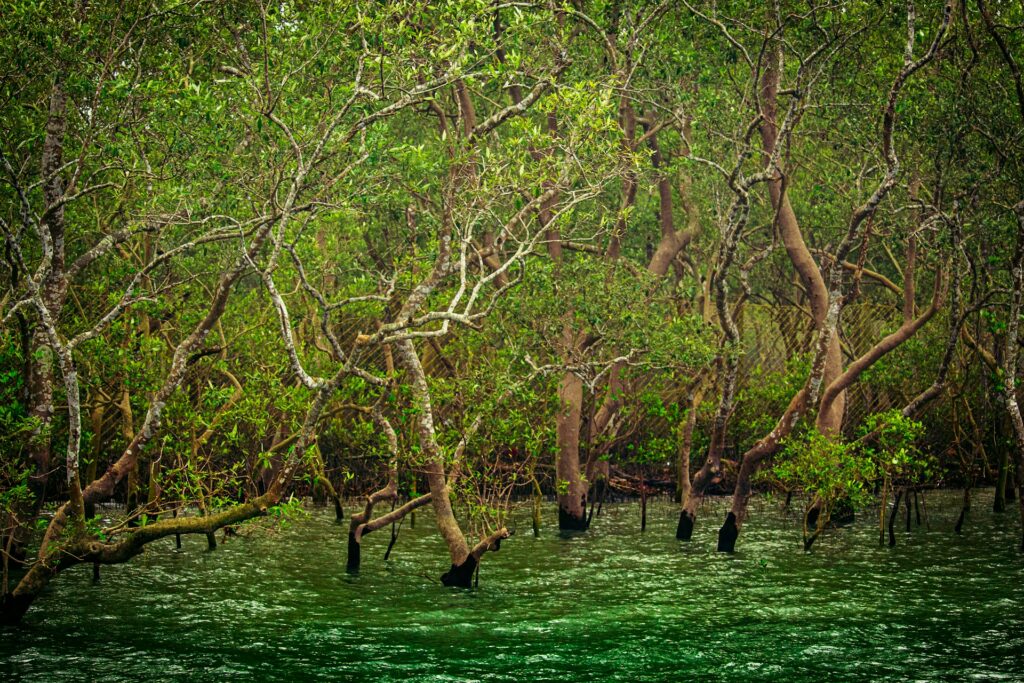
The Sundarbans are the world’s largest mangrove forest, spread across the border between India and Bangladesh. They’re home to the endangered Bengal tiger, as well as crocodiles, monkeys, and thousands of species of birds, fish, and insects. While some parts are protected, the area as a whole faces constant pressure from human expansion, climate change, and rising sea levels. It’s a place where natural beauty and human struggle sit side by side. The world depends on mangroves like this—they protect coastlines, store carbon, and support fishing communities. And yet, they’re still easy to overlook.
The Black Forest, Germany
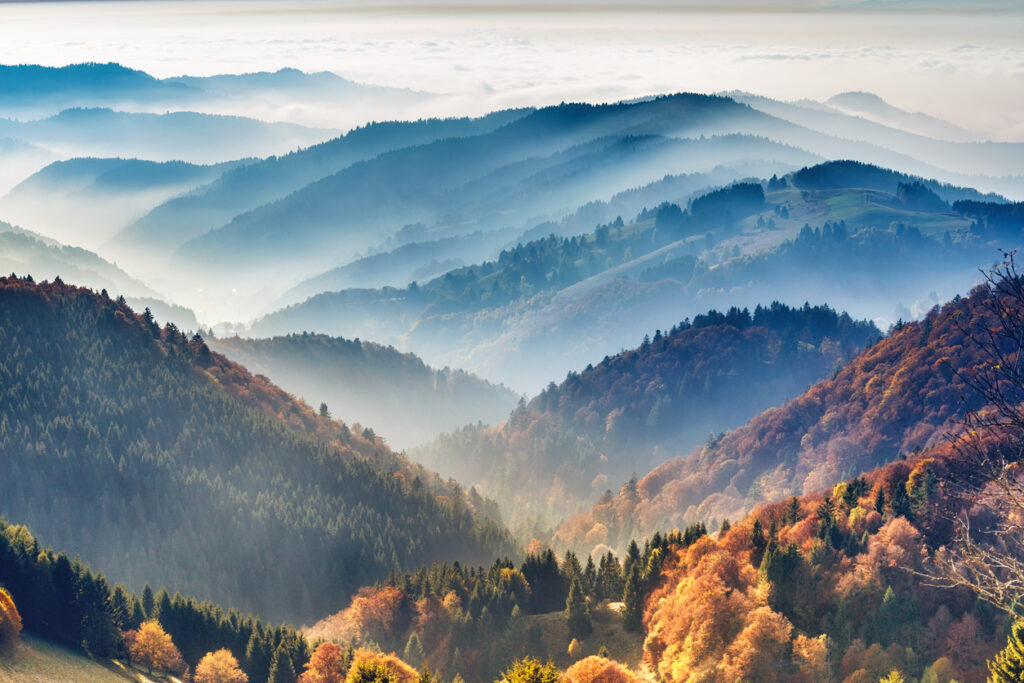
The Black Forest isn’t a national park in its entirety, though parts are now protected under that label. But the wider region—rolling hills, dense woodland, and deep valleys—has long been a cultural and ecological landmark. It’s home to traditional farming methods, endangered species, and centuries of human history woven into the land. Walking through it, you get a sense of calm and continuity that’s hard to replicate. It’s not just scenery—it’s a whole way of life that needs care to continue.
Some places don’t need the label of a national park to matter.

They speak for themselves—in their silence, their scale, or their strangeness. What they offer goes beyond tourism. These are the places that shape the world in quieter, slower ways—and when they disappear, something irreplaceable goes with them. We don’t need a badge to know when something’s worth protecting. Sometimes, you just have to look around and decide it’s worth it.